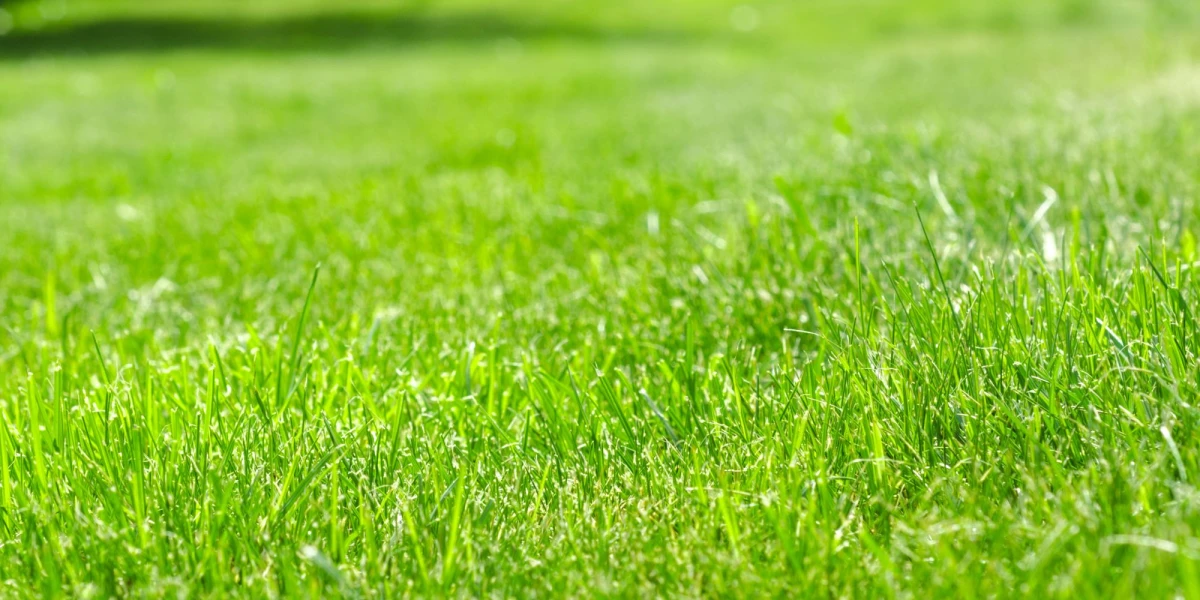How to Identify What Type of Lawn You Have copy
If you’re wanting to treat your lawn with fertilisers or weed killers, you’ve probably noticed that many products state they should only be used on specific types of lawn grasses. This makes things seriously tricky if you don’t know what kind of lawn you have (and let’s be honest, most of us have no idea). Here’s the good news, you don’t need to be a lawn fanatic to identify your lawn on sight! This handy guide can help you figure what type of lawn you have, what variety works best for your conditions and what mow heights you should be using to maintain a healthy lawn.
Why Does My Type of Lawn Matter?
Different grasses respond differently to fertiliser, mowing, and weed control. By correctly identifying your lawn type, you’ll know:
Which products should be used for optimal results – LawnPro Ultra Poa Lawn Weed Control for example should only be used on 100% Turf Ryegrass and Tall Fescue lawns, not other varieties. Browntop would benefit from being treated every 4 months with LawnPro Turfclean Ultra and LawnPro Ultra Year Round Lawn Fertiliser every 3 months to get that golf green look and feel. Perrennial Ryegrass and Fine Fescues which are sensitive to dry conditions would thrive from regular treatment with LawnPro Ultra Moisture Shield which improves water retention, protects against dry spots and improves drainage and airflow.
The best mowing height – see the table below, however a good general rule of thumb is to never remove more than one-third of the leaf blade at a time, no matter the season. Keeping your lawn slightly longer in summer protects against heat and moisture loss, while mowing a bit shorter in winter reduces disease and promotes thicker turf.
How much water it needs – Tall Fescues for example are great in drier, drought prone areas, whereas Perrennial Ryegrass and Fine Fescues would struggle in those conditions, so adjust your watering accordingly.
How to Identify Your Lawn at Home
In New Zealand’s climate, most lawns are made up of cool – season grasses or blends designed to balance durability with appearance. Below, we’ll walk you through the most common lawn types you’re likely to have at home, how to identify them, and what makes each one unique. Note: In many cases your lawn may end up being a variant e.g. Fine American Rye or it may be a blend of two grasses e.g. Fine Turf Rye and Fine Fescue.
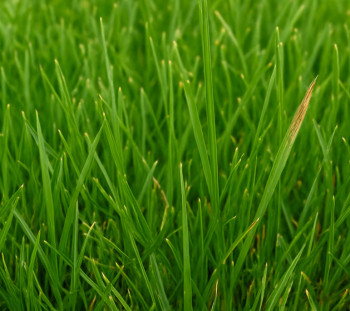 Perennial Ryegrass (Lolium perenne)
Perennial Ryegrass (Lolium perenne)
What it looks like: Dark green, glossy leaf, medium texture, upright growth, blunt leaf tip
Where you'll see it: Home lawns, sports fields, parks
Strengths: Fast germination, quick establishment, very wear tolerant
Weaknesses: Shallow-rooted, thins out in hot, dry summers unless irrigated
Ideal mowing height summer: 40 – 50mm (longer protects roots from heat stress)
Ideal mowing height winter: 25 – 35mm (keeps tidy, reduces disease risk)
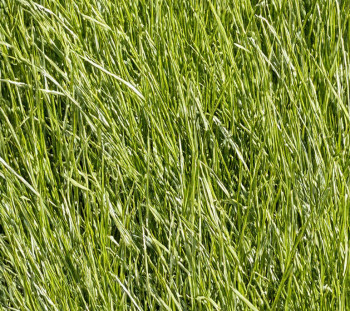 Fine Fescues (Festuca spp.) Creeping Red, Chewings, Hard Fescue
Fine Fescues (Festuca spp.) Creeping Red, Chewings, Hard Fescue
What it looks like: Narrow, fine blades, lush, velvety feel
Where you'll see it: Premium lawns, shaded gardens, ornamental lawns
Strengths: Shade tolerant, grows in low fertility soils, luxury look
Weaknesses: Low wear tolerance, struggles in hot / dry conditions
Ideal mowing height summer: 40 – 50mm (prevents heat stress)
Ideal mowing height winter: 30 – 40mm (consistent in shade)
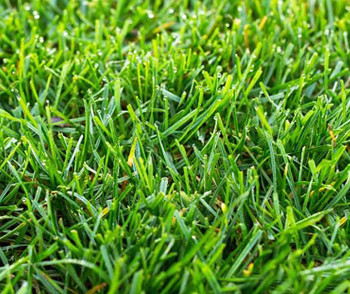 Tall Fescue (Festuca arundinacea)
Tall Fescue (Festuca arundinacea)
What it looks like: Dark green, coarse, wide leaves with clumping growth
Where you'll see it: Modern home lawns, drought–prone areas
Strengths: Deep-rooted, drought–tolerant, tough
Weaknesses: Coarser texture, less soft than mixes
Ideal mowing height summer: 50 – 70mm (maximises drought resistance)
Ideal mowing height winter: 40 – 50mm (protects crown while tidy)
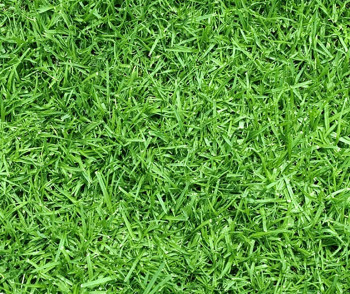 Browntop (Agrostis capillaris)
Browntop (Agrostis capillaris)
What it looks like: Narrow leaves, light green. Can be patchy if not maintained
Where you'll see it: Older traditional lawns, golf courses, low fertility soils
Strengths: Tolerates low fertility, acidic soils
Weaknesses: High maintenance, can become weedy if neglected
Ideal mowing height summer: 25 – 30mm (don’t scalp; higher in dry conditions)
Ideal mowing height winter: 15 – 25mm (dense cover, avoid cutting too short in frost)
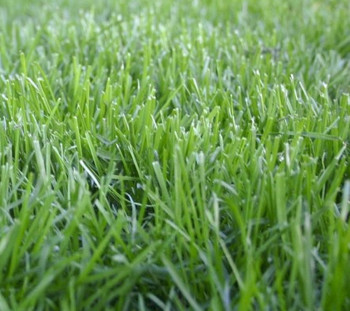 Kentucky Bluegrass (Poa pratensis)
Kentucky Bluegrass (Poa pratensis)
What it looks like: Rich green, boat–shaped tips, dense carpet, spreads with rhizomes
Where you'll see it: Premium lawns, cooler regions
Strengths: Self–repairing, durable, long–lasting
Weaknesses: Slow to establish compared to ryegrass
Ideal mowing height summer: 40 – 50mm (reduces heat stress)
Ideal mowing height winter: 25 – 35mm (dense turf, healthy at moderate height)
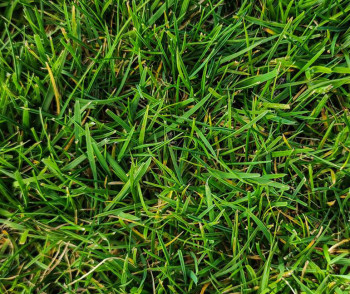 LawnPro Smart Seed Mix Turf Rye + Creeping Red Fescue
LawnPro Smart Seed Mix Turf Rye + Creeping Red Fescue
What it looks like: Blend of rye toughness & fescue fineness, dark green, soft texture
Where you'll see it: Many modern NZ home lawns
Strengths: Quick to establish, handles wear, attractive
Weaknesses: Needs balanced care to maintain both species
Ideal mowing height summer: 40 – 50mm (balances drought & wear)
Ideal mowing height winter: 30 – 40mm (encourages density, prevents scalping)
What About Invasive Lawn Types?
Not all grasses in your garden are desirable. Some common invaders include:
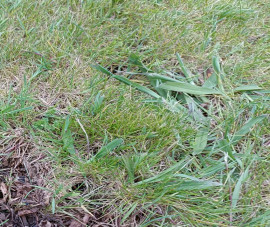 Kikuyu (Pennisetum clandestinum):A weedy grass that tends to pop up in lawns, garden beds and pavements. It spreads via thick runner roots, is light in colour and tends to have wide leaves branching off a central stem. It’s more common in the upper North Island than the rest of the country. It’s tough and drought-resistant, but invasive and hard to control.
Kikuyu (Pennisetum clandestinum):A weedy grass that tends to pop up in lawns, garden beds and pavements. It spreads via thick runner roots, is light in colour and tends to have wide leaves branching off a central stem. It’s more common in the upper North Island than the rest of the country. It’s tough and drought-resistant, but invasive and hard to control.
Did you know that Kiwicare’s LawnPro Prickle & Hydrocotyleis great for surpressing Kikuyu? You can also spot treat particularly aggressive Kikuyu with Weed Weapon Invade Gel.
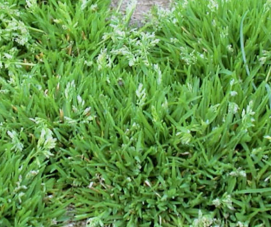
Poa annua (Annual bluegrass): A weedy grass that pops up with light green tufts and seedheads almost year-round. It can make lawns look patchy and uneven. In 100% Turf Ryegrass or Tall Fescue lawns, use LawnPro Ultra Poa Lawn Weed Control. On other varieties of lawn grass, spot treat with Weed Weapon Invade Gel.
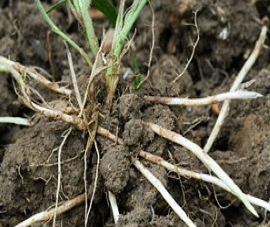
Couch or Twitch Grass(Elymus repens): Creeping, coarse grass that invades garden beds and lawns, forming a dense network of rhizome roots. Couch or Twitch grass is best treated with Weed Weapon Invade Gel.
Still not sure?
If you’re still not confident about making the call on what type of lawn you have, snap a couple of close–up photos of it, and show them to a staff member in your local hardware store or garden centre. They will be able to help you select the products for your needs.
